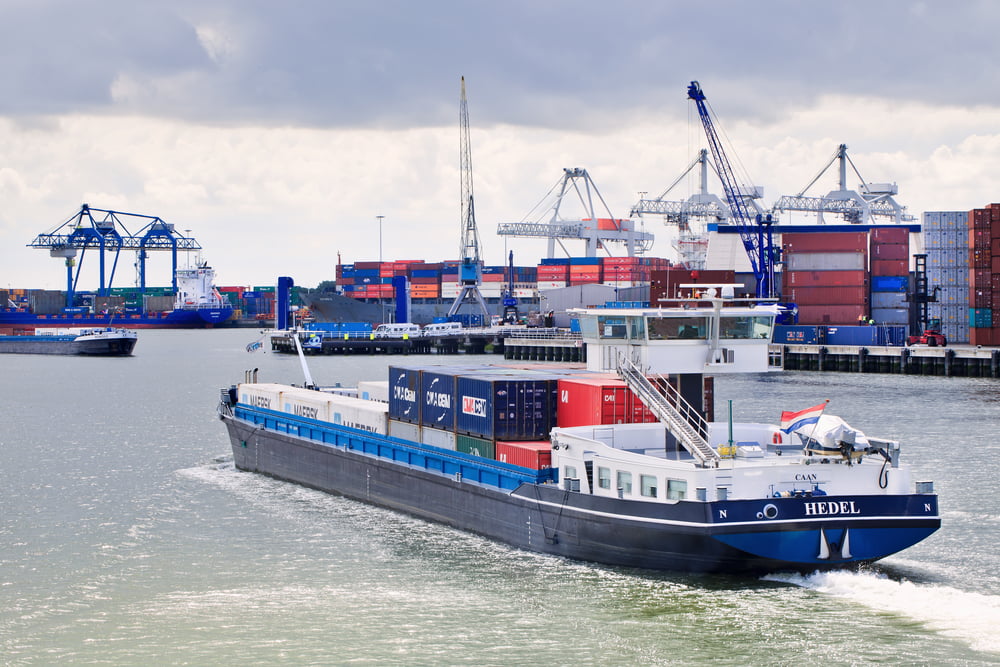Skippers can submit an application to the RVO from 7 February.
Inland waterway skippers can also apply for a subsidy in 2023 to have their engine replaced by a newer, more sustainable model with a minimum Stage V level. An additional 8 million euros will be made available by the government for this purpose. Due to the popularity of the subsidy scheme of the Ministry of Infrastructure and Water Management, the subsidy pool available for the coming years was soon exhausted.
“Inland shipping is facing a major sustainability task, and it cannot do this alone. It is good to see that skippers have started so energetically with engine replacement and I want to continue to encourage that. Because lower emissions of nitrogen and other substances from inland shipping benefit everyone.”
Minister of Infrastructure and Water Management Mark Harbers.

That is why extra money is now available. Skippers can submit an application to the RVO from 7 February. In addition to the extra money for engine replacement, the maximum subsidy amount per application will also be increased, from 200.000 to 400.000 euros.
An earlier option to purchase an SCR catalytic converter and have it installed in an engine turned out to be less popular with entrepreneurs. The rules for this subsidy are therefore being relaxed, so that money can be requested for the purchase and installation of a catalytic converter in combination with a particulate filter. For 2023, 12,9 million euros is available for this, according to the National government.
inland shipping
Inland waterway transport is an important part of the transport system in many countries, especially in Europe. It concerns the transport of goods and people via rivers, canals and lakes within a country or a specific area.
In contrast to maritime shipping, which focuses on long-distance transport, inland shipping focuses on short to medium-distance transport. This makes it an efficient and environmentally friendly way of transporting goods, as transport by ship generally uses less energy than transport by truck or train.
There are different types of vessels used in inland navigation, depending on the type of goods being transported and the conditions under which the transport takes place. For example, there are cargo ships for the transport of goods such as fuel, potatoes and cement, and passenger ships for the transport of people. There are also special vessels for the transport of bulk goods such as sand and grain, and liquid transport such as oil and chemicals.
Inland navigation also plays an important role in tourism, especially on rivers and canals. Numerous sightseeing tours and inland waterway cruises are available, giving tourists the chance to explore the landscape from the water.
An aspect of inland shipping that should not be underestimated is the infrastructure needed to make transport possible. This includes harbours, locks, bridges and canals built to facilitate the transport of ships. This infrastructure is often the result of years of investment and cooperation between governments, companies and other stakeholders.
In recent decades, inland shipping has been increasingly automated and optimized to make transport more efficient and sustainable. For example, more and more electric ships are in use, which do not produce exhaust fumes and thus contribute to a cleaner environment.



